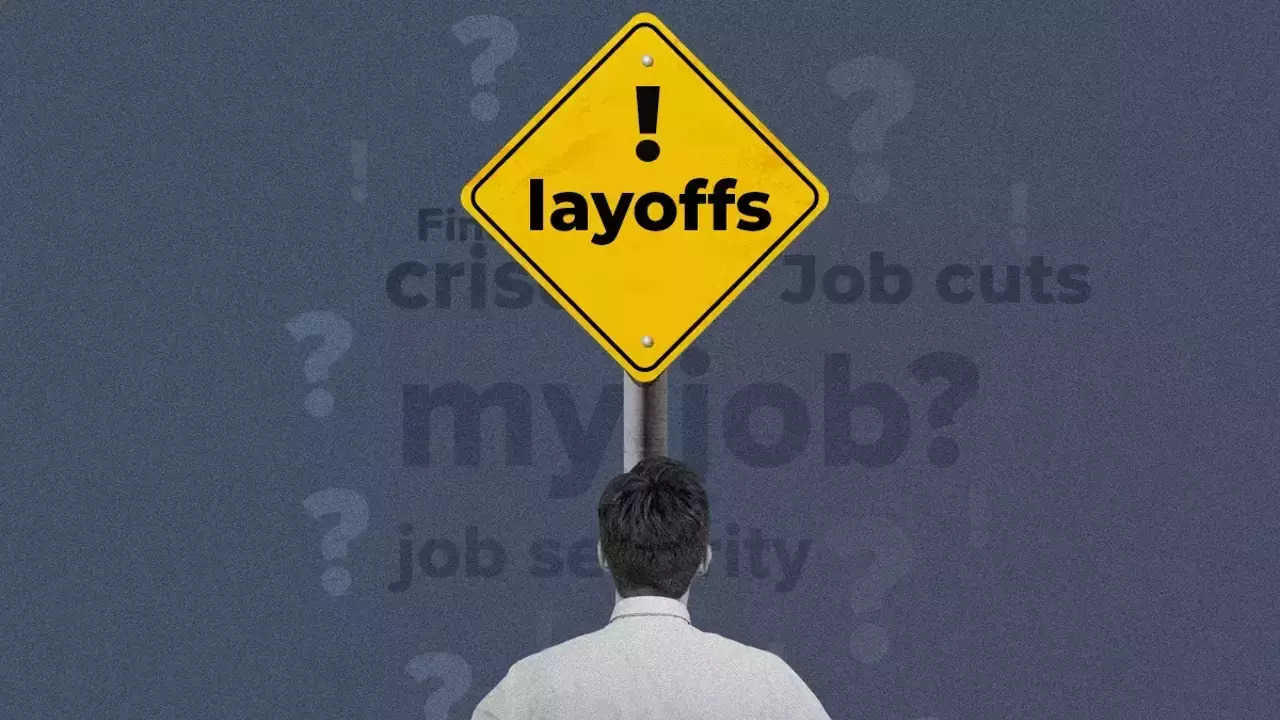Catch's Demise: Is This the End of an Era for Australian E-commerce?
In a shocking turn of events that sent ripples through the Australian e-commerce landscape, Catch, the once-popular online retailer, is set to close its doors. This isn't just another business failure; it's a dramatic tale of intense competition, strategic shifts, and the looming shadow of giants like Amazon and Temu. Prepare to be surprised as we delve into the details of this unfolding saga, explore the reasons behind Catch's downfall, and examine what the future holds for the Australian online shopping scene.
The Fall of a Giant: Catch's $40 Million Deficit and Impending Closure
Catch, the brainchild of Gabby and Hezi Leibovich, was once a beloved household name. Known for its bargain-hunting appeal, it became a favorite among Australian value-conscious shoppers. However, the company recently announced an operational deficit of $40 million in the first half of 2024-25, leading to its decision to cease operations, resulting in approximately 200 job losses. This shocking announcement follows Wesfarmers' acquisition of Catch in 2019 for $230 million. The news came as a surprise to many and sparks serious discussion around the challenges in the current e-commerce market. What could have gone wrong?
The Role of Fierce Competition
Wesfarmers cited intense competition from global e-commerce behemoths, including Amazon and newcomer Temu, as the primary culprit for Catch's financial woes. These international giants wield significant resources, offering a wide range of products at competitive prices and making it difficult for smaller local players to compete effectively. The Australian online marketplace has changed fundamentally in the past few years with the rise of aggressive low-cost alternatives. Catch of the Day has struggled under pressure and ultimately could not compete.
Operational Inefficiencies
Apart from facing competition, there are reports that internal inefficiencies played a part in the decision to shut down. One report states that less than 50 percent of the Catch fulfilment centres' capacity was utilized. These were also contributing to the rising cost, further increasing the need for changes.
Restructuring and the Future of Wesfarmers' Digital Strategy
While Catch's closure marks a significant loss, Wesfarmers aims to salvage parts of Catch. About 100 positions will be transitioned to other Wesfarmers subsidiaries, primarily Kmart, allowing Wesfarmers to retain valuable expertise and insights gained during its ownership of Catch. This strategic move reflects Wesfarmers' commitment to adapting to the evolving digital landscape. By taking over Catch's operational center, Wesfarmers can cut costs and consolidate its various businesses while making room for better synergies.
Kmart's Acquisition of Catch's Assets: A Win-Win Situation?
Kmart, another Wesfarmers subsidiary, will absorb Catch's logistics centers, specifically the Moorebank warehouse. Kmart Group Managing Director Ian Bailey believes that taking over Catch's distribution network and fulfillment capabilities could enhance customer experience. He expects the move to benefit from faster deliveries at a lower unit cost, with reduced reliance on brick-and-mortar store distribution and a strategic move towards cost cutting to optimize its revenue stream.
Wesfarmers' Digital Transformation Journey
Wesfarmers Managing Director Rob Scott has stated that despite Catch's struggles, they've acquired valuable knowledge and skills, expediting the group's digital transformation. This indicates Wesfarmers plans to refine their digital strategies with the lessons learned from this downturn. This points towards a clear intention to incorporate the knowledge gained from the success and failure of Catch of the Day into future investments and e-commerce plans, signifying their adaptive business nature.
Lessons Learned: Adapting to the Ever-Changing E-commerce Landscape
The downfall of Catch serves as a harsh reminder of the volatility and fierce competition within the e-commerce industry. Smaller players need to have adaptive business strategies in order to stay afloat and continue to find new and creative ways to succeed in this ever-changing digital age. While Catch ultimately could not adapt, Wesfarmers can continue their expansion of other ventures by incorporating the knowledge gained.
Adaptability and Innovation are Key
Innovation and adapting to shifts in market dynamics is becoming increasingly critical for staying competitive. The current marketplace values constant adaptability as market research and trends are always changing. Companies need to take these changing elements into consideration in order to plan accordingly and mitigate failure in a rapidly shifting landscape.
Take Away Points
- Catch's closure highlights the challenges faced by smaller e-commerce players competing against global giants like Amazon and Temu.
- Intense competition, operational inefficiencies, and changing market dynamics are cited as reasons for its failure.
- Wesfarmers will incorporate the acquired skills and technologies gained during Catch's ownership into their wider digital transformation journey.
- Kmart's takeover of Catch's fulfillment centers marks a shift toward efficient logistics.
- The story of Catch underscores the importance of adaptability and innovation in the dynamic world of online retail.









